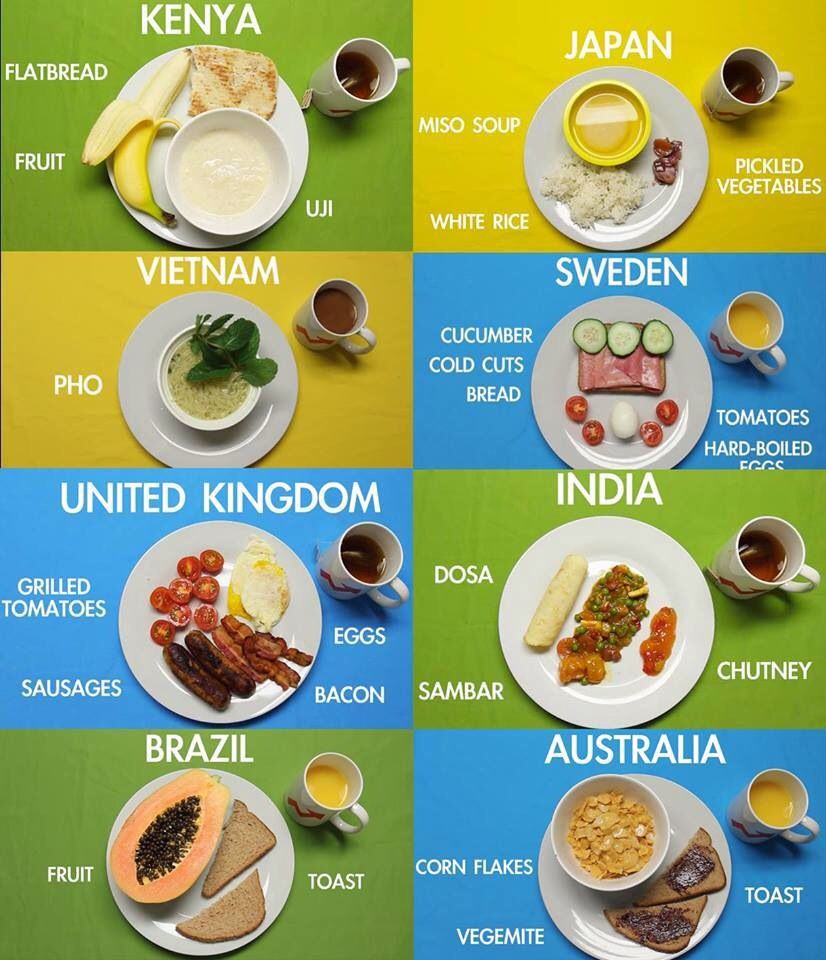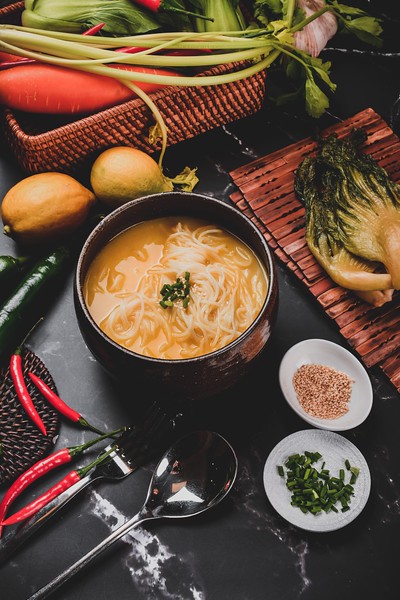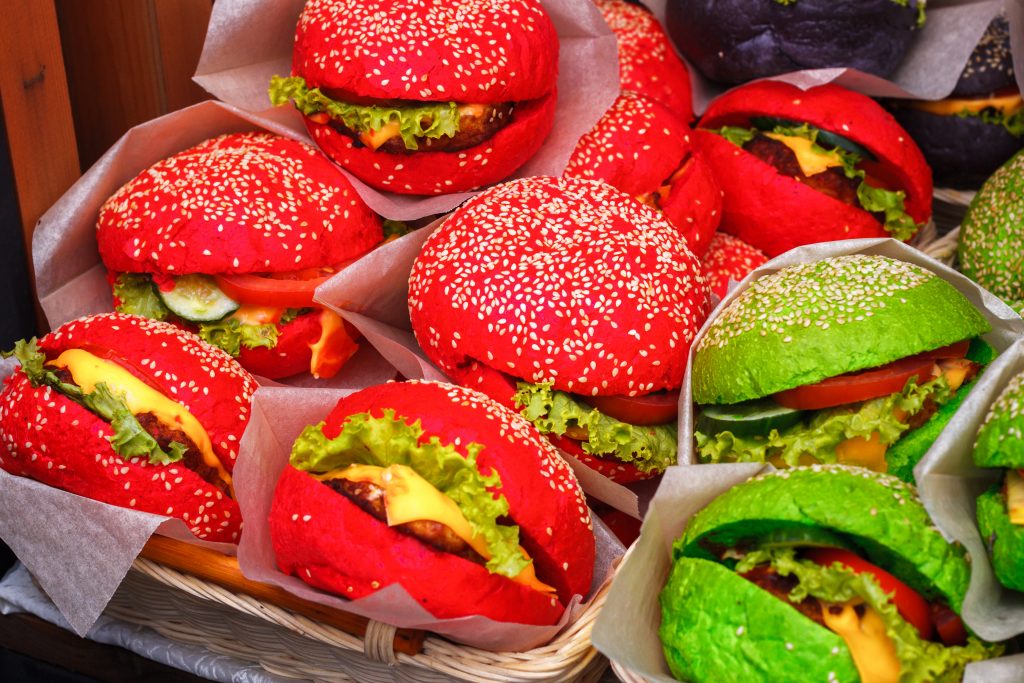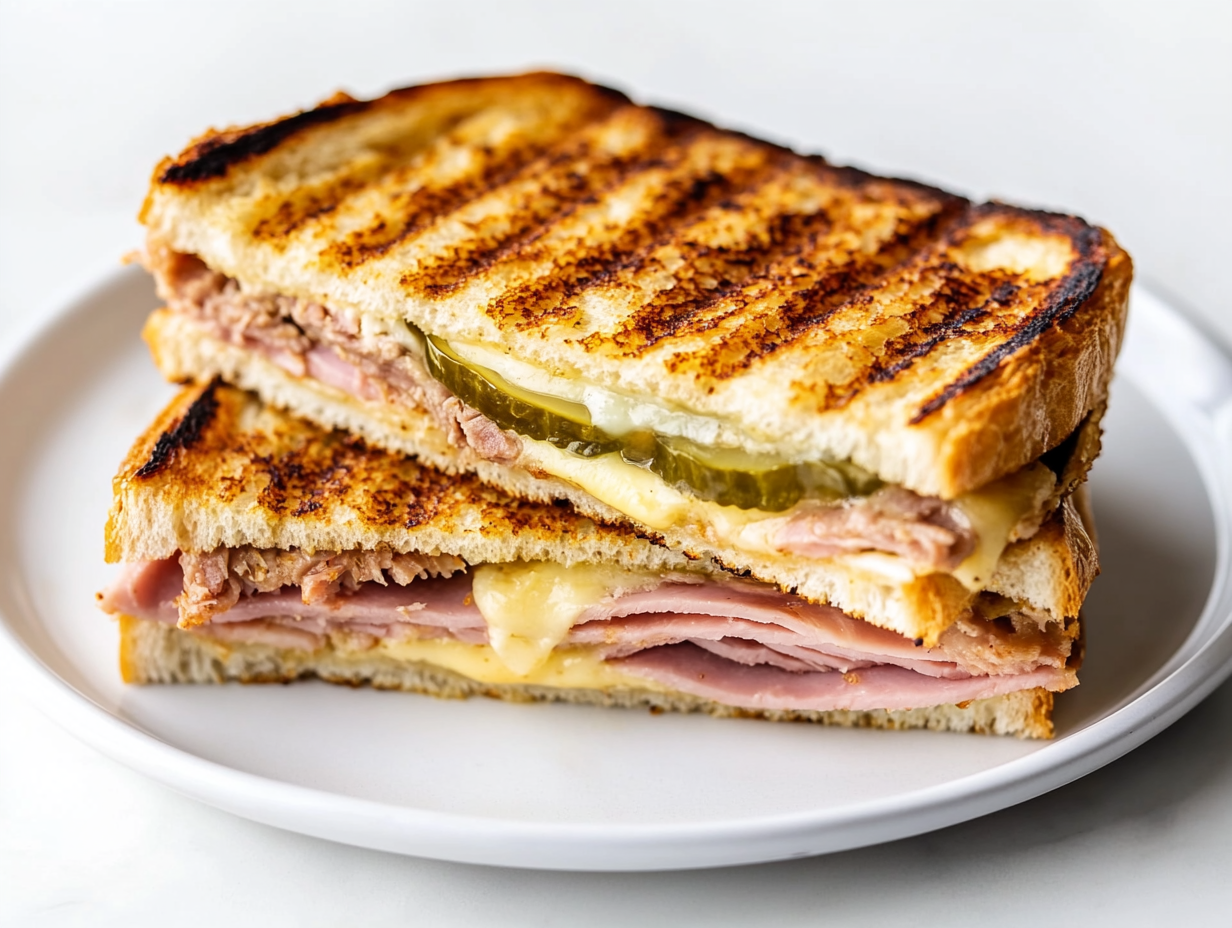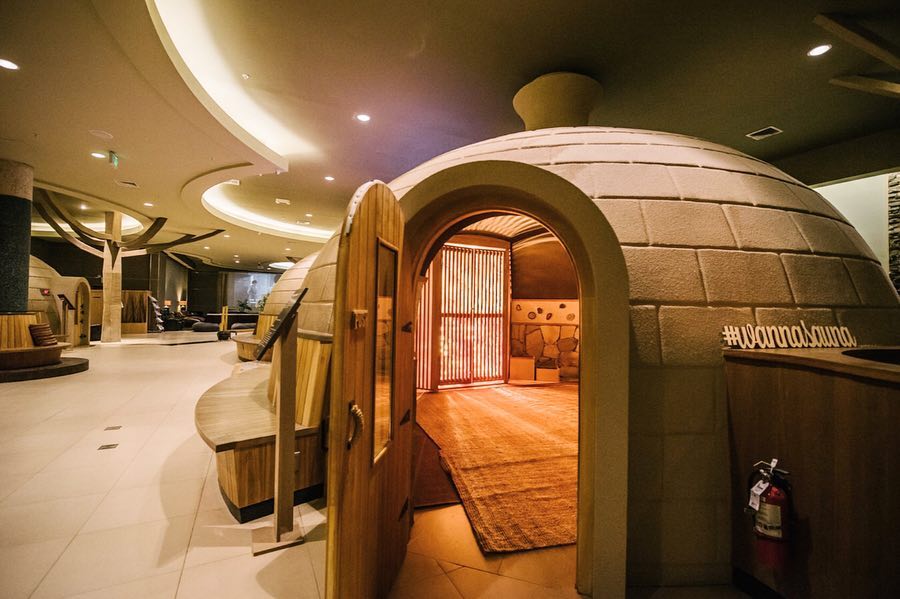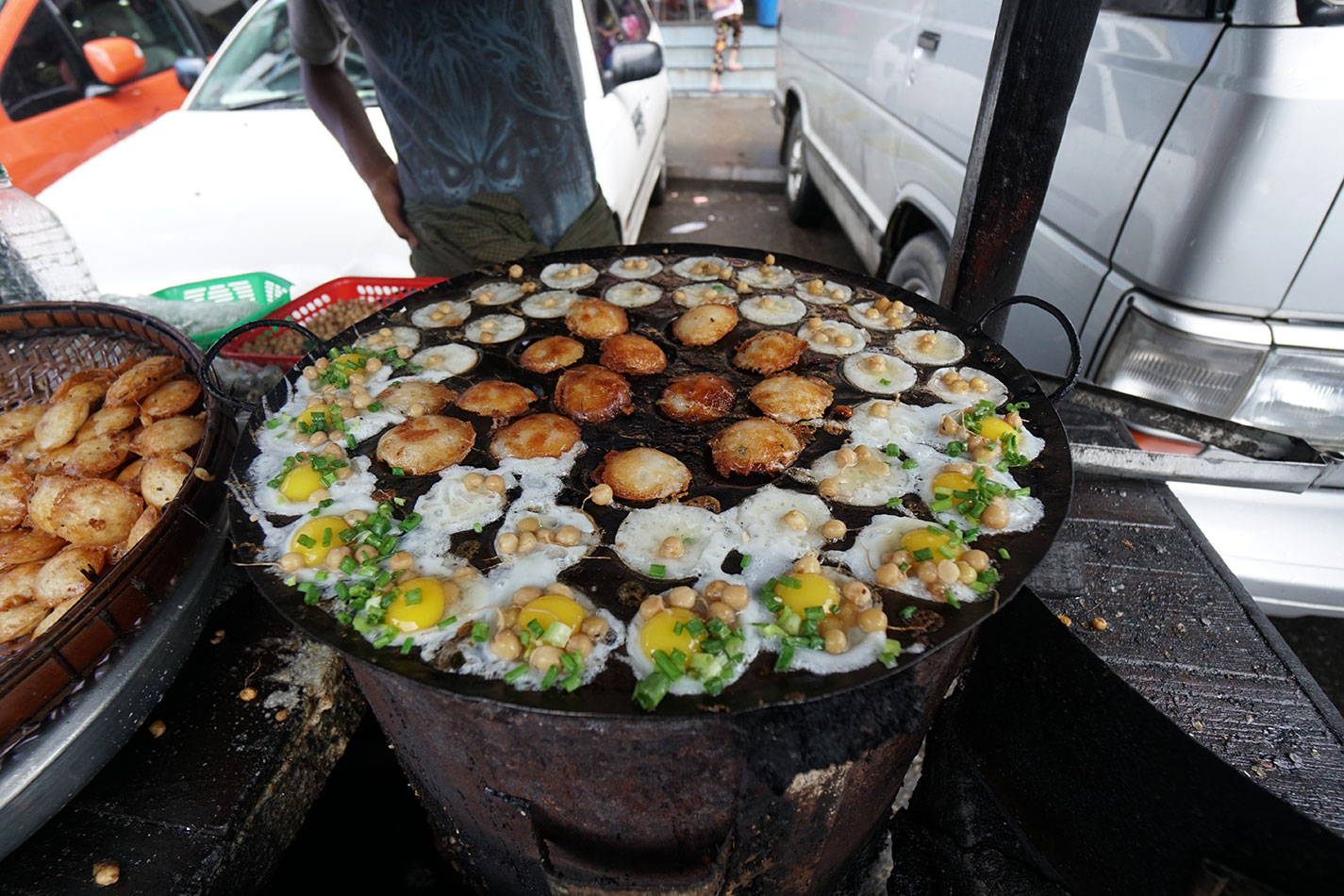
How to Cook Like a Local in Every Country: A Global Culinary Journey
Forget tourist traps and bland hotel buffets. To truly experience a culture, you need to taste it from the inside out. Cooking like a local is more than just following a recipe; it’s about understanding ingredients, techniques, and the stories behind the food. This guide offers a framework for immersing yourself in any country’s cuisine, turning you from a mere traveler into a temporary resident, one delicious meal at a time.
Phase 1: Research & Preparation – Laying the Foundation
Before even stepping foot in a foreign market, a little homework goes a long way. This phase focuses on understanding the basics of the cuisine you’re about to explore.
-
1. Identify the Culinary Landscape:
- Key Ingredients: What are the staple ingredients? Rice, wheat, corn? Specific types of protein (seafood, beef, lamb, poultry)? Common vegetables and fruits? Make a list, and research their local varieties. For example, "rice" in Japan is vastly different from "rice" in Italy.
- Dominant Flavors & Spices: Does the cuisine lean towards spicy, savory, sweet, or sour? What spices are commonly used (cumin, coriander, turmeric, chili, etc.)? Are there specific herbs that define the flavor profile (basil, cilantro, mint)? Understand the building blocks of taste.
- Cooking Techniques: Is grilling, frying, steaming, or braising the primary method? Does fermentation play a significant role? Identify traditional cooking methods and the tools used.
- Regional Variations: No country has a single cuisine. Research regional specialties. What do they eat in the mountains versus the coast? What are the differences between north and south?
- Dietary Restrictions & Customs: Are there common religious or cultural dietary restrictions (halal, kosher, vegetarianism)? Understand local customs around food, like meal times, table manners, and who traditionally cooks.
-
2. Dive into Online Resources:
- Food Blogs & Websites: Search for blogs and websites dedicated to the specific country’s cuisine. Look for recipes written by locals or expatriates who have deeply immersed themselves in the food culture.
- Online Cooking Classes: Platforms like Skillshare, Udemy, and Coursera often offer cooking classes focusing on specific regional cuisines.
- YouTube Channels: Search for cooking channels hosted by locals or featuring authentic recipes. Pay attention to techniques and ingredient usage.
- Travel Vlogs: While not strictly cooking-focused, travel vlogs can provide valuable insights into local food culture, street food, and market experiences.
-
3. Build a Basic Vocabulary:
- Ingredient Names: Learn the local names for common ingredients. This will be essential when shopping in markets.
- Cooking Terms: Familiarize yourself with basic cooking terms in the local language (e.g., "fry," "boil," "chop," "stir").
- Dish Names: Learn the names of a few iconic dishes. This will help you identify them on menus and in markets.
- Polite Phrases: "Please," "Thank you," and "Delicious" are essential in any language and will enhance your interactions.
-
4. Seek Out Authentic Recipes:
- Avoid Westernized Versions: Be wary of recipes that have been heavily adapted for Western palates. Look for recipes that emphasize traditional ingredients and techniques.
- Focus on Simplicity: Start with simple, everyday dishes. These will give you a better understanding of the core flavors and techniques of the cuisine.
- Read the Comments: Online recipes often have comment sections where other cooks share their experiences and offer tips. This can be a valuable source of information.
- Cross-Reference: Don’t rely on a single source. Compare recipes from different sources to get a well-rounded understanding.
Phase 2: Immersive Experience – Living and Learning Through Food
This phase is all about getting your hands dirty and experiencing the food culture firsthand.
-
1. Shop at Local Markets:
- Visit Farmers’ Markets: Farmers’ markets are the heart of local food culture. You’ll find the freshest produce, meet local farmers, and learn about seasonal ingredients.
- Explore Specialty Shops: Look for shops specializing in spices, sauces, meats, or seafood. These shops often have knowledgeable staff who can offer advice and recommendations.
- Don’t Be Afraid to Ask Questions: Locals are usually happy to share their knowledge about food. Ask them about the best way to prepare a particular ingredient or where to find a specific item.
- Observe the Locals: Pay attention to how locals choose their ingredients. What are they looking for? How do they interact with the vendors?
-
2. Take a Cooking Class (or Several!):
- Choose a Reputable School: Look for cooking schools that are run by locals and focus on traditional cuisine.
- Focus on Hands-On Learning: A good cooking class will give you plenty of opportunities to practice the techniques you’re learning.
- Ask Questions and Take Notes: Don’t be afraid to ask questions and take detailed notes on everything you learn.
- Embrace the Local Culture: Cooking classes are a great way to learn about the culture as well as the food.
-
3. Eat Like a Local:
- Explore Street Food: Street food is often the most authentic and affordable way to experience a country’s cuisine. Be adventurous and try new things.
- Dine at Local Restaurants: Avoid tourist traps and seek out restaurants that are popular with locals.
- Order What the Locals Order: Ask the staff for recommendations or observe what other diners are eating.
- Be Open to New Flavors and Textures: Don’t be afraid to try things that are unfamiliar or outside your comfort zone.
-
4. Engage with Locals:
- Talk to Chefs and Restaurant Owners: If you have the opportunity, talk to chefs and restaurant owners about their food and their passion for cooking.
- Invite Locals to Your Kitchen: Offer to cook a meal for locals and ask them to share their feedback.
- Attend Local Food Festivals and Events: These events are a great way to experience a wide range of local dishes and learn about the food culture.
- Be Respectful of Local Customs: Always be respectful of local customs and traditions around food.
Phase 3: Practice & Adaptation – Integrating Your Knowledge
This phase is about taking what you’ve learned and applying it to your own cooking.
-
1. Recreate Your Favorite Dishes:
- Start with Simple Recipes: Don’t try to recreate complex dishes right away. Start with simple recipes that you feel comfortable with.
- Focus on Flavor: Pay attention to the balance of flavors in the dish. Adjust the seasoning as needed to achieve the desired taste.
- Don’t Be Afraid to Experiment: Once you’ve mastered the basic recipe, feel free to experiment with different ingredients and techniques.
-
2. Adapt Recipes to Your Local Ingredients:
- Substitute Similar Ingredients: If you can’t find a specific ingredient, try to find a similar substitute.
- Adjust Cooking Times: Cooking times may need to be adjusted depending on the ingredients you’re using and the altitude at which you’re cooking.
- Don’t Compromise on Flavor: While you may need to make some substitutions, try to maintain the overall flavor profile of the dish.
-
3. Develop Your Own Style:
- Incorporate Local Flavors into Your Existing Recipes: Try adding local spices or herbs to your existing recipes to create new and exciting dishes.
- Create Fusion Dishes: Combine elements of different cuisines to create unique and flavorful fusion dishes.
- Don’t Be Afraid to Break the Rules: Cooking is an art, not a science. Don’t be afraid to break the rules and experiment with different techniques and ingredients.
-
4. Share Your Knowledge:
- Cook for Friends and Family: Share your newfound culinary skills with friends and family.
- Share Your Recipes Online: Share your recipes and tips on social media or in online cooking forums.
- Teach Others to Cook: Consider teaching cooking classes or workshops to share your passion for food with others.
Beyond the Recipe: Cultivating a Culinary Mindset
Cooking like a local is more than just following instructions. It’s about embracing the spirit of the cuisine, understanding its history, and appreciating the connection between food and culture. Here are some final tips:
- Embrace Imperfection: Don’t be afraid to make mistakes. Cooking is a learning process, and mistakes are part of the journey.
- Be Patient: It takes time to master a new cuisine. Be patient with yourself and don’t get discouraged if your first attempts aren’t perfect.
- Stay Curious: Always be curious and eager to learn more. The world of food is vast and ever-changing.
- Respect the Culture: Always be respectful of the culture and traditions surrounding the food you’re cooking.
- Have Fun! Cooking should be enjoyable. Relax, experiment, and have fun with it.
By following this guide, you can transform yourself from a tourist into a temporary local, experiencing the world through its most delicious lens. So, pack your bags, sharpen your knives, and get ready for a global culinary adventure! Bon appétit, Guten Appetit, Itadakimasu, Buen Provecho, and enjoy the journey!


